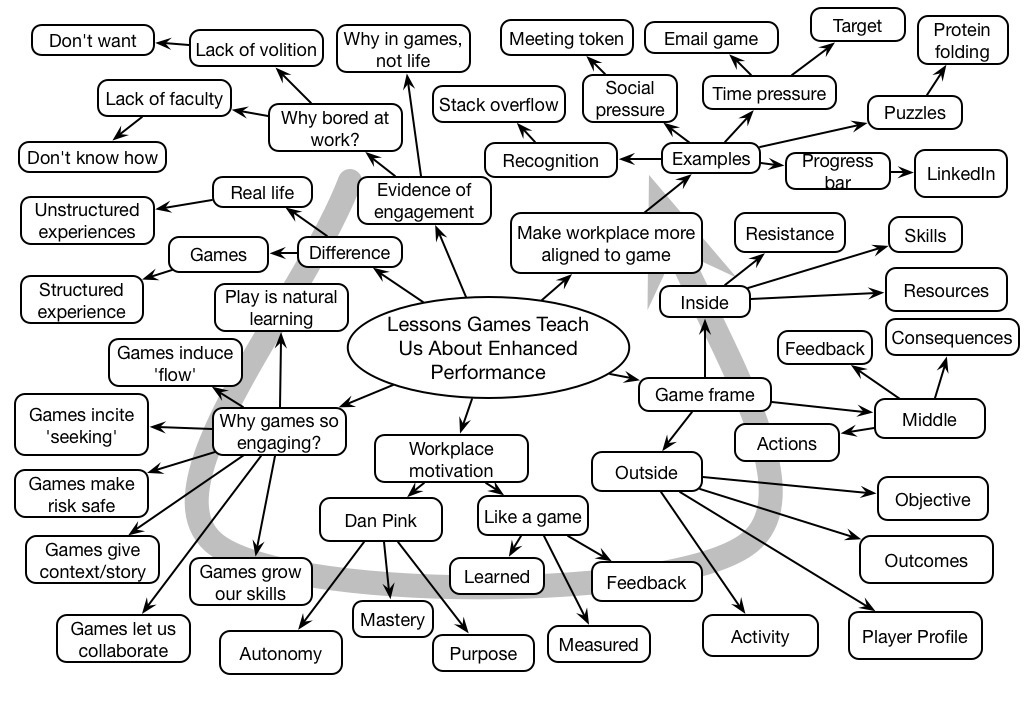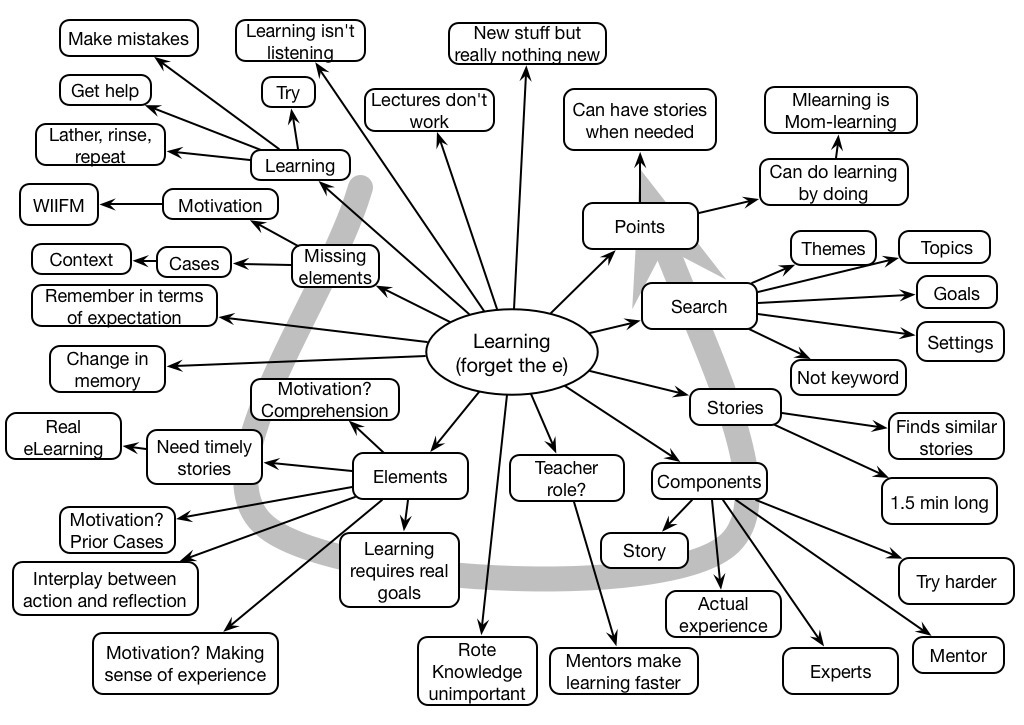Attending the SolutionsFest at the Learning Solutions conference last week, despite my earlier rant, I saw signs of hope. A quick spot check revealed a number of approaches going above and beyond.
One direction I was pleased to see was a move to more performance support. I saw several solutions that were more focused on providing information as needed, or letting you navigate to it, rather than thinking everything had to be ‘in the head’. This is definitely a promising sign. They’re not hard to build, either.
The second promising sign was the use of scenarios. Several different solutions were focused on putting learners into contexts and asking them to perform. This is definitely the direction we need to see more of. And, again, it’s not that hard to do!
One interesting takeaway was that the innovative solutions seemed to come more from small or internal groups rather than the big teams. Which only reinforces my overall concern with the industry as a whole. I wonder if it’s easier for small teams to adapt to advice of folks like Michael Allen (no more boring elearning), Julie Dirksen (Design for How People Learn) and Will Thalheimer than it is for big teams, who not only have to change processes but also educate their customers.
This is an unscientific sample; I did a quick tour of the displays, but couldn’t see all as there were some that were just too crowded. I also looked at them relatively briefly and didn’t make comprehensive notes, so this is just a read of my state of mind as I finished. It doesn’t ameliorate the overall concern, but it does provide some hope that things are changing in small pockets.

